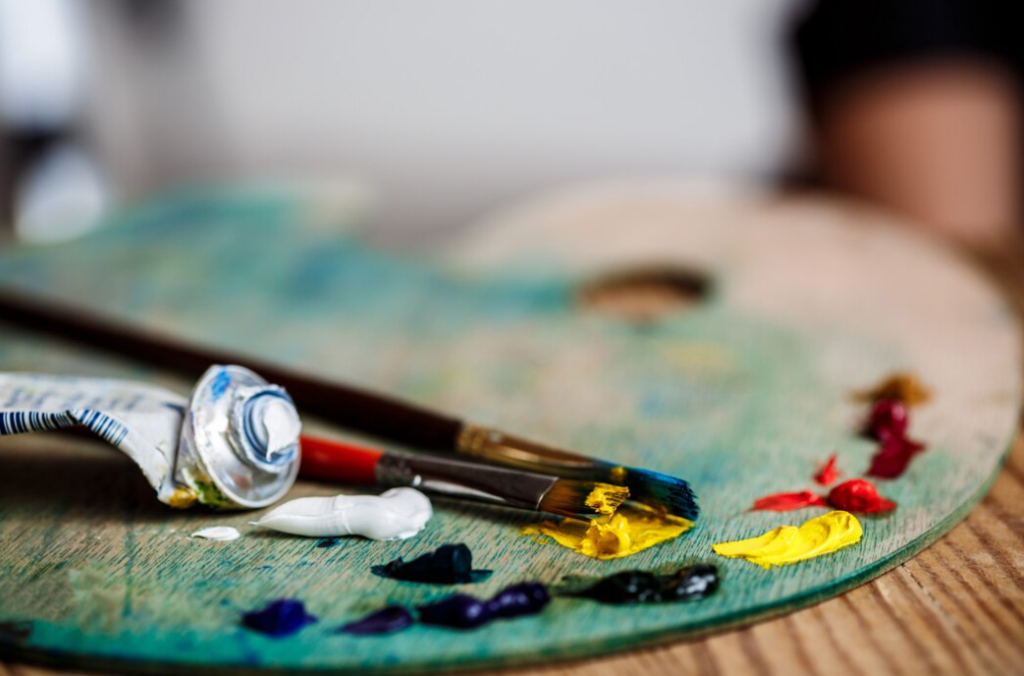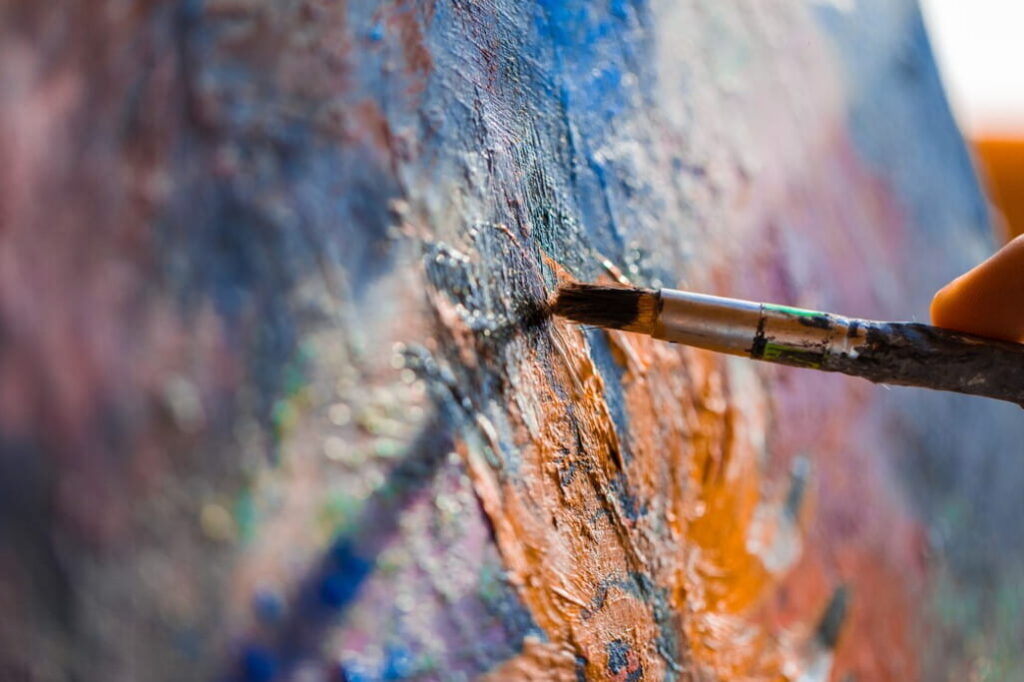Unveiling the True Purpose of Art
Art presents multifaceted dimensions that allow human beings to convey their emotions, ideas, and perspectives on various facets of existence such as love, beauty, nature, and societal issues. It takes on diverse forms including performance arts, music, sculpture, painting, literature, and culinary arts, among others, providing an avenue for self-expression and communication.
Art serves several purposes, from providing entertainment and educating, to invoking deep contemplation on the human condition and life’s immense complexities. It often transcends the mundane, transporting us to a realm of introspection and profound insight.
The Pleasurable and Therapeutic Aspects of Art
- Apart from its intellectual and communicative aspects, art offers an avenue for personal satisfaction and pleasure for both the creator and the audience. During tough times, such as the global pandemic experienced in 2020, art has proven its worth as a comforting and reassuring force;
- The digital world has seen a surge in creative content, with platforms like YouTube and Facebook teeming with people sharing amusing and entertaining material to elevate our moods. Communities worldwide have been inventing artistic methods to assist others and create stunning artworks to adorn and enhance their local areas.
The Impact of Digital Technology on Art Sharing and Collaboration
During the physical distancing period necessitated by Covid-19, digital platforms have been used innovatively to share and discuss art. Tools such as Zoom have proved invaluable in allowing people to broadcast their art online, fostering artistic engagement despite the inability to convene physically.
The Power of Art in Improving Skills and Personal Growth
Creating art often serves as a conduit for personal growth and skill-building. For instance, by producing and sharing art, creators not only cultivate their theoretical and practical understanding of arts and crafts, but they also derive satisfaction in knowing they have enriched someone else’s day through their creations.
The Role of Art in Fostering Unity in Challenging Times
Art holds the power to unite communities during trying times, acting as a bridge that surpasses physical boundaries. In such periods, the creation and appreciation of art become a collective experience, fostering a sense of camaraderie and mutual understanding among individuals.

Art and The Human-Emotional Spectrum
Art serves as a medium for people to express a broad range of emotions. It does not limit itself to depicting happiness or positivity, but it also portrays grief, anger, fear, confusion and a wide spectrum of human emotions, often offering comfort and a sense of shared experience to those feeling isolated in their emotions.
The Future of Art: Trends and Predictions
The future of art holds promising potential. With more digital platforms becoming available, it is becoming easier for artists to showcase their works and collaborate with other artists. Additionally, as technology advances, new forms of art like digital art, virtual reality art and AI art are becoming more prevalent.
Conclusion
Art, in all its splendid forms, has played–and continues to play–a vital role in our society. It’s not just a platform for expressing ideas and emotions, but also a catalyst for personal growth, community bonding, and social discourse. The myriad purposes of art underline its significance in our lives, reaffirming its place as an essential element of our societal fabric.
